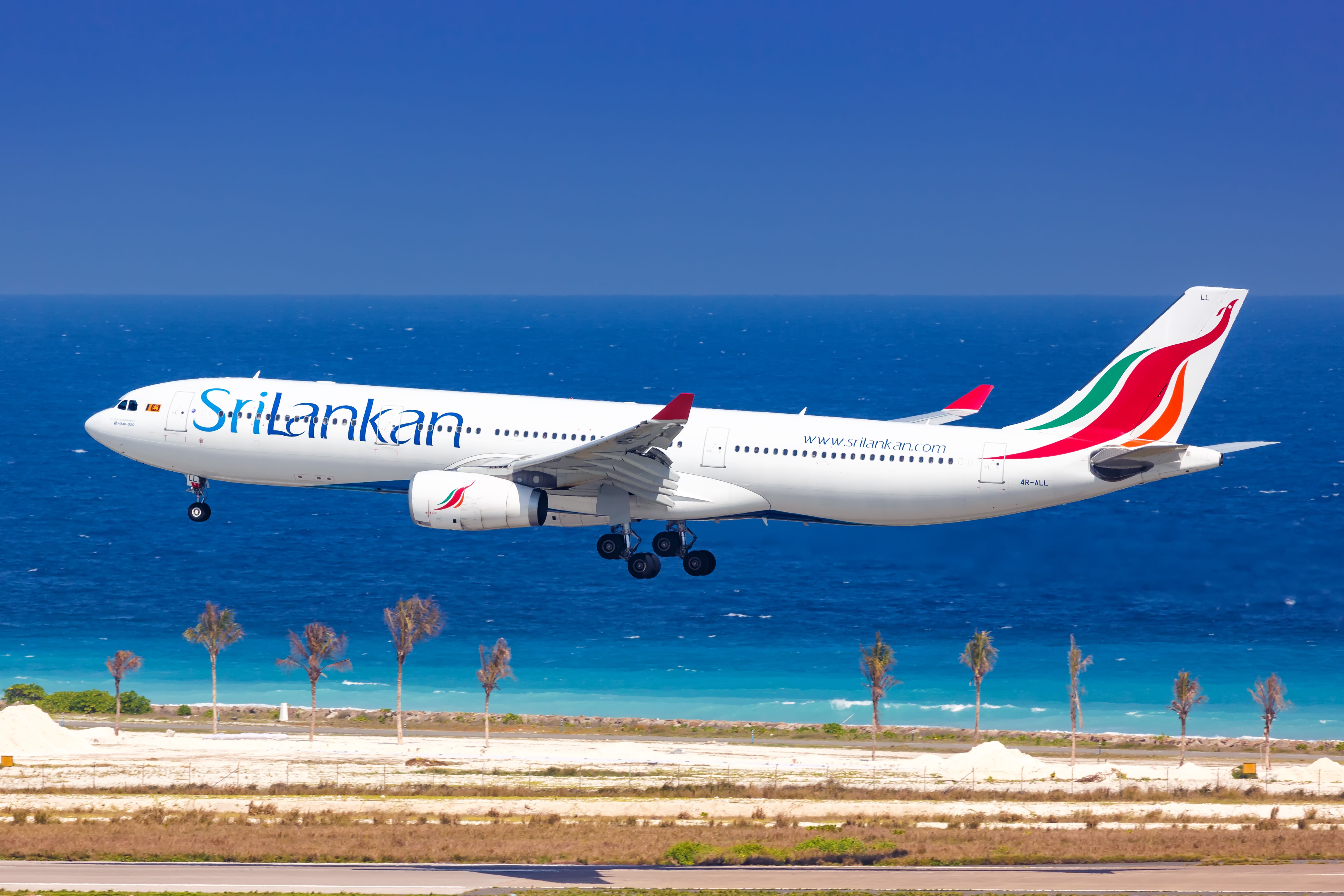Sri Lanka's national carrier, SriLankan Airlines, is seeking a lifeline from its Dubai-based counterpart, Emirates Airlines. The move comes amidst Sri Lanka's ongoing economic crisis, which has severely impacted the airline's financial health and operational capabilities.
The exact nature of the assistance requested by SriLankan Airlines remains undisclosed. However, industry analysts suggest it could involve a codeshare agreement, where both airlines would share flight codes on specific routes. This collaboration would allow SriLankan Airlines to leverage Emirates' extensive network and global reach, potentially increasing passenger traffic and revenue generation.
Another possibility is a wet lease agreement, where Emirates would provide SriLankan Airlines with aircraft and crew, enabling the Sri Lankan carrier to continue operating certain routes without having to invest in additional resources. This option could be particularly beneficial for SriLankan Airlines, as it grapples with a potential shortage of foreign currency, which is crucial for purchasing fuel and maintaining its fleet.
Financial assistance is also a possibility. Emirates, with its strong financial standing, could offer SriLankan Airlines a loan or credit line to help it navigate the current crisis. This injection of capital would provide SriLankan Airlines with much-needed breathing room to meet its immediate financial obligations and potentially restructure its operations for future sustainability.
The Sri Lankan government has acknowledged the ongoing discussions between the two airlines. However, officials have maintained that any agreement would be purely commercial and wouldn't involve any government stake in either airline. This stance is likely aimed at reassuring investors and stakeholders that Sri Lanka is committed to maintaining a market-driven aviation sector.
For Emirates, a partnership with SriLankan Airlines presents a strategic opportunity to further solidify its dominance in the region. Sri Lanka boasts a geographically advantageous location, situated along major air travel routes between Europe and Southeast Asia. By collaborating with SriLankan Airlines, Emirates could gain access to new markets and potentially enhance its connectivity options for passengers traveling between these regions.
The success of any potential partnership hinges on the specific terms negotiated by both airlines. Striking a balance that benefits both parties while adhering to regulatory requirements will be crucial. Additionally, navigating the complexities of Sri Lanka's economic situation will require careful planning and a long-term vision.
If the negotiations between SriLankan Airlines and Emirates are successful, it could pave the way for a mutually beneficial partnership that helps Sri Lanka's national carrier weather the current storm and emerge stronger. However, the road to recovery will likely require more than just a single collaboration. Addressing the underlying causes of Sri Lanka's economic crisis will be essential for ensuring the long-term sustainability of its aviation sector.

